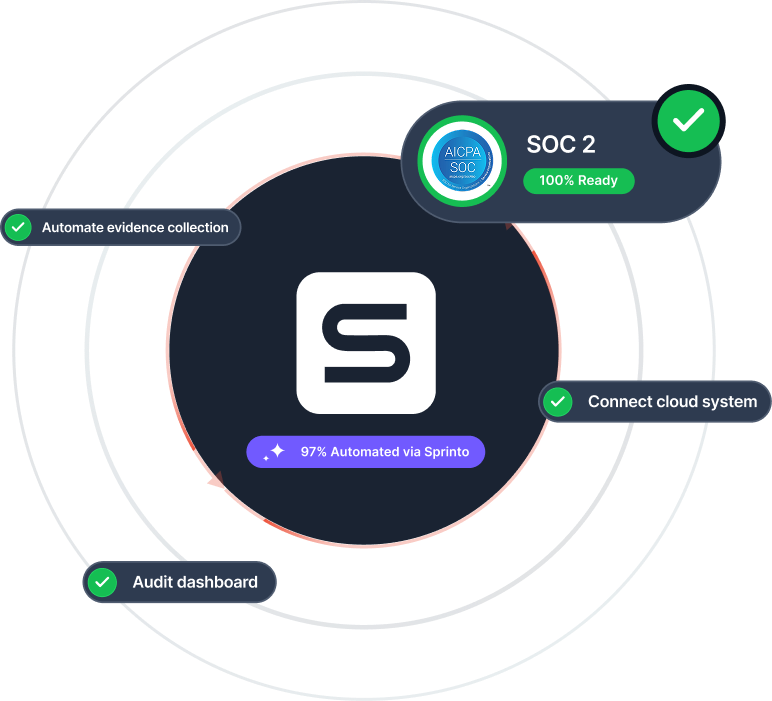Business Continuity Through Incident Management
An Overview of Risk Management
Understanding Different Types of Risks
Risk Analysis Overview
Risk Scoring Overview
Risk Matrix Overview
Steps in Assessing Risks
Strategies for Risk Management
Frameworks in Risk Management
Steps in Risk Reporting
Advantages of Risk Management
What Makes Risk Management Ineffective
Third-Party Risks Explained
What Does Due Diligence Mean
TPRM (Third-Party Risk Management) Overview
Vendor Management Overview
Business Continuity Through Incident Management
When things break, how fast can you bounce back? Incident management is about triaging and resolving security, operational, or compliance incidents. Business continuity ensures that your most critical services continue — even under duress.
This includes:
Together, they turn chaos into coordination during high-stakes moments.
This includes:
- IR playbooks for different risk types
- BCP documentation and drills
- RTO/RPO definitions for key systems
- Roles, responsibilities, and escalation paths
Together, they turn chaos into coordination during high-stakes moments.
How to Create an Effective Incident Response Plan
Business Continuity vs. Disaster Recovery: Key Differences
A Complete Guide on Security Incident Management
Sprinto, your ally in all things compliance, risk, and governance.

